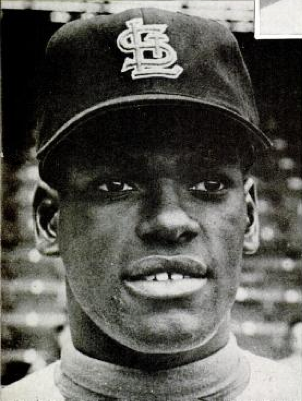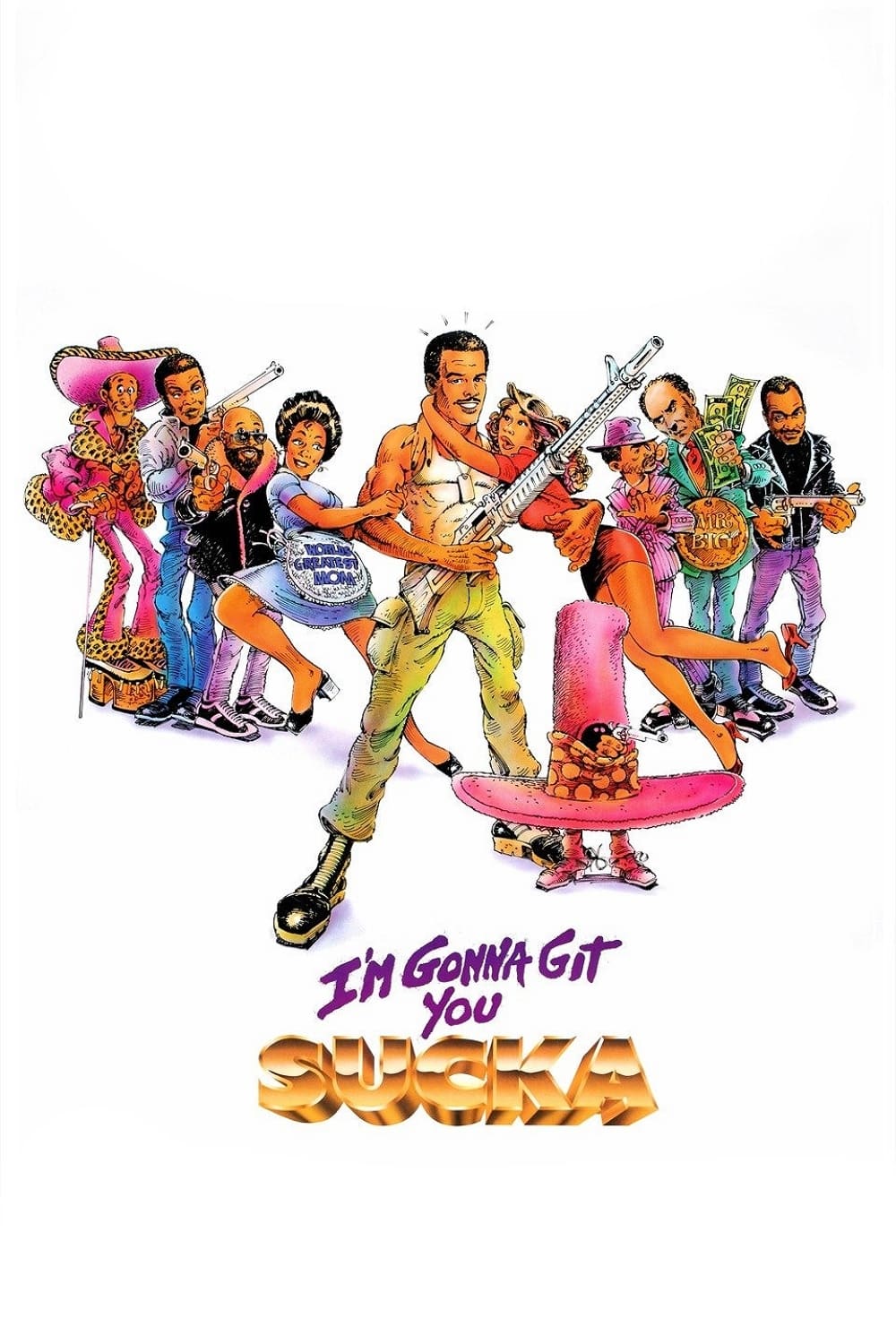Biography
Samuel Robert Gibson (November 16, 1931 – September 28, 1996) was an American folk singer and a key figure in the folk music revival in the late 1950s and early 1960s. His principal instruments were banjo and 12-string guitar.
He introduced a then-unknown Joan Baez at the Newport Folk Festival of 1959. He produced a number of LPs in the decade from 1956 to 1965. His best known album, Gibson & Camp at the Gate of Horn, was released in 1961. His songs have been recorded by, among others, The Limeliters, Peter, Paul and Mary, Simon & Garfunkel ('You Can Tell The World'), The Byrds, The Smothers Brothers, Phil Ochs, The Kingston Trio and Bob Dylan.
His career was interrupted by his addiction to drugs and alcohol. After getting sober he attempted a comeback in 1978, but the musical scene had changed and his traditional style of folk music was out of favor with young audiences. He did, however, continue his artistic career with albums, musicals, plays, and television performances. In 1993, he was diagnosed with progressive supranuclear palsy (PSP), and died of that disease on September 28, 1996, at the age of 64. Gibson was born on November 16, 1931, in Brooklyn, New York, United States, between his older sister, Anne, and younger brother, Jim. He and his siblings grew up in various communities outside New York City – Tuckahoe, Yorktown Heights, and Tompkins Corners. His early interest in music was, primarily, vocal. He left high school in his senior year and hitchhiked around the country.
Back in New York City in the late 1940s, Gibson took a job at a firm that taught speed reading, where he was responsible for sales and public relations. In 1952, he met and married his wife, Rose, who quickly bore three daughters – Barbara (who changed her name to Meridian Green), Pati, and Susan. In 1953, he met Pete Seeger, and helped him rebuild his house. So impressed was Gibson with Seeger and his music that he "took the money I had set aside for rent" (to Rose's chagrin) and bought a banjo. He quit his job, became immersed in the study of folk music, and taught himself to play the banjo over the next year. At the age of 22 he began performing at schools, ladies' social clubs, lounges, and cabarets in New York, Miami, Cleveland, and aboard cruise ships traveling to various Caribbean islands. Eventually he was hired at the Green Door in Michigan City, Indiana, 50 miles east of Chicago.
In 1955, he was booked into the Off-Beat Room in Chicago, where he met Albert Grossman. In 1956, Grossman opened the folk club Gate of Horn on the near north side of Chicago, where Gibson performed for eleven months, starting as an opener for many of the acts, and later becoming the headliner. Grossman booked numerous talented performers into Gate of Horn, including Josh White, Glenn Yarborough, Odetta, Hamilton Camp, Judy Collins, and Joan Baez. Gibson brought Baez to the 1959 Newport Folk Festival and introduced her, for the first time, to a national audience.Gibson steadily gained recognition in Chicago in the early 1960s, aided by Camp. In 1961 their debut album, Gibson and Camp at the Gate of Horn, was released on Elektra Records. A watershed album, it influenced singers from John Lennon and Gordon Lightfoot to John Denver. Lightfoot's "Canadian Railroad Trilogy" was patterned more or less opposite to Gibson and Camp's "Civil War Trilogy".Art D'Lugoff opened the iconic Village Gate in New York City in 1958, and Gibson and Camp became regular performers there. After they rejected D'Lugoff's suggestion that they add a female voice to their duo, he gave the same recommendation to Peter Yarrow and Paul Stookey; the resulting trio, Peter, Paul and Mary, was deeply influenced by Gibson's music. Yarrow later said of his friend, "When you listen to PPM, you are hearing Bob Gibson."Shel Silverstein, then a cartoonist at Playboy, was a regular fan and captured Gibson's attention when he completed lyrics to an unfinished Gibson tune. Gibson and Silverstein became close friends and writing partners, writing over 200 songs over the next 35 years. Their last joint project, in Nashville in 1993, was the album Makin' A Mess, produced by Silverstein and Kyle Lehning and released on Asylum Records. The last cut, "Whistlers and Jugglers and Singers of Song," was a last-minute substitution when Silverstein realized how ill his friend was. It was written about the relationship of "the trio from out of our past", about a girl who always loved a singer, and got together with him several years prior to his death.
Filmography
all 1
Movies 1
Information
Known ForSound
GenderMale
Birthday1931-11-16
Deathday1996-09-28 (64 years old)
Birth NameSamuel Robert Gibson
Birth PlaceBrooklyn, United States of America
CitizenshipsUnited States of America
This article uses material from Wikipedia.
 Bob Gibson
Bob Gibson- Filmography
- Information
